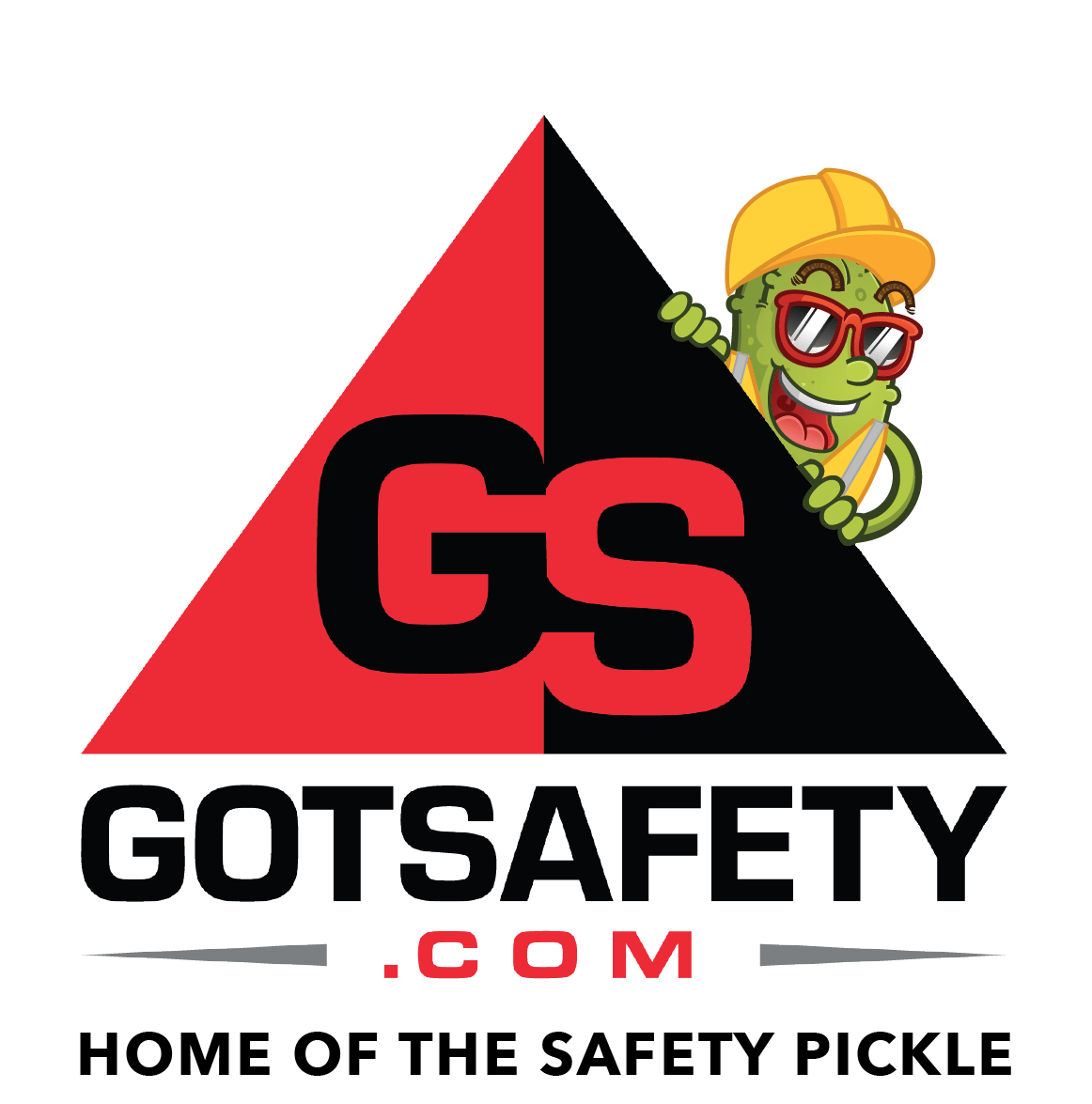ANIMAL HANDLING SAFETY
introduction
While working with animals is certainly an attractive prospect, there are inherent risks related to any job in the field. Animals can be unpredictable, so it is important to be alert to potential risks. The most common risks of animal handling are:
Physical hazards:
- Bites
- Scratches
- Kicks
Chemical hazards:
- Pesticides used to control fleas, ticks, and other insects
- Exposer to anesthetic gases, pharmaceuticals, and disinfectants
Zoonotic Diseases (animal to human spread):
- Animal bites or scratches
- Direct contact with contaminated items and waste
- Inhalation of airborne pathogens
SAFETY PRECAUTIONS
To best avoid injury or illness workers should remain constantly alert and observe the following precautions when handling animals:
- Make slow and deliberate movements.
- Do not yell; try to talk in soft tones.
- Use appropriate physical restraints such as a leash, slip–lead, muzzles, nets, and drugs for animals that are too aggressive and may need sedation.
- Watch for warning signs of animal aggressiveness and fear. These vary with animal breeds but may include: raised fur, flattened ears, twitching tails, or bared teeth. (If possible, workers should avoid handling these animals until they are in a calmer state.)
- Any animal exhibiting potentially aggressive behavior should have a kennel sign (CAUTION) posted to alert others who may be handling the animal.
- Extra caution should be used when handling animals that are sick, hurt, or new mothers.
- Wear protective footwear with non–slip soles and sturdy clothing.
- Wear gloves and face shields when handling animals or their tissues.
- Wash hands after contact with each animal.
- Do not eat, drink, or apply cosmetics or contact lenses around animals or animal care areas.
- Dispose of medical waste in appropriate containers. Always handle hazardous medical equipment, such as needles or chemicals, with caution. Never throw needles away in the trash.

It should be clear to each staff member that they are never expected to place themselves in unnecessary danger when working with animals. Make sure there is a way for a staff member who gets in trouble (like being trapped by an aggressive dog) to immediately summons assistance.
- If injured by an animal or potentially exposed to a diseased animal, workers should immediately report to their supervisor and seek the appropriate medical attention and follow–up
CONCLUSION
Every animal and every situation is different so one should always be aware of possible consequences when working with different animal species. Knowledge and training can prevent workers from experiencing the painful side of animal instincts.

